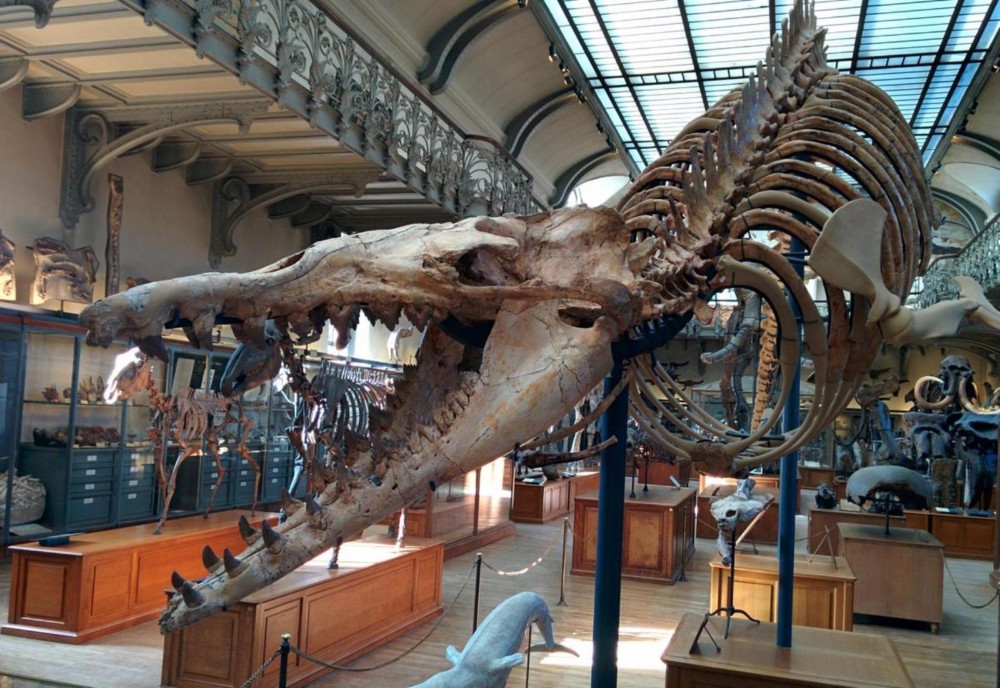
The article presents a brief historical outline of the formation and development of natural history museology in Europe in the 15th—19th centuries. The development of scientific knowledge at that time affects the idea of the world order and the place of man in it, and the combination of knowledge with practical experience leads to the birth of true science. It is shown that one of the most important components of the development of natural sciences, in particular biological sciences, was the collection of naturalia (i.e. objects of natural origin), the rapid surge of interest in which contributed to the Great Geographical Discoveries. In chronological order, the further historical development of museum work from private collections in Italy to the formation of a prototype of a genuine museum, which performs the main museum functions such as amassment, storage and demonstration of collections, is considered. The role of prominent naturalists and philosophers such as F. Bacon, C. Linnaeus, and J.-W. Goethe in the development of museum work is considered and little known facts about their work in this area are presented. The first works of art that show the interiors of “Kunstkameras”, which became widespread in Europe in the 17th—18th centuries, are briefly considered. According to the authors, it is on the portrait of the Belarusian educator F. Skorina, which was published in Prague in 1517—1519, that the interior of the first Renaissance “kunstkammer” collections is depicted. Separately, the development of museology in Ukraine since the time of Yuriy Kotermak (Drohobych) (1450—1494) is considered and the differentiation of the concept of “museum” in the monuments of Ukrainian literature of the period of the 16th—18th centuries is studied. The authors considered the methodological foundations of natural history museology and analysed the existing classifications of various branches of science. The specificity of natural history museology in the system of museological science is shown, the issue of singling out natural history museology as an independent discipline is discussed. It is proved that the periodization of museology and museum work in certain territories in historical time can be considered correct; the author's development of the periodization of natural history museology in Europe is also given.
Source: Chervonenko O., Kepin D. (2022). Natural history museology: establishment and formation of its theoretical bases. History of Science and Technology. 12(1): 11-30
Source web-site: https://www.hst-journal.com/index.php/hst/article/view/510/382
Number of views: 1705